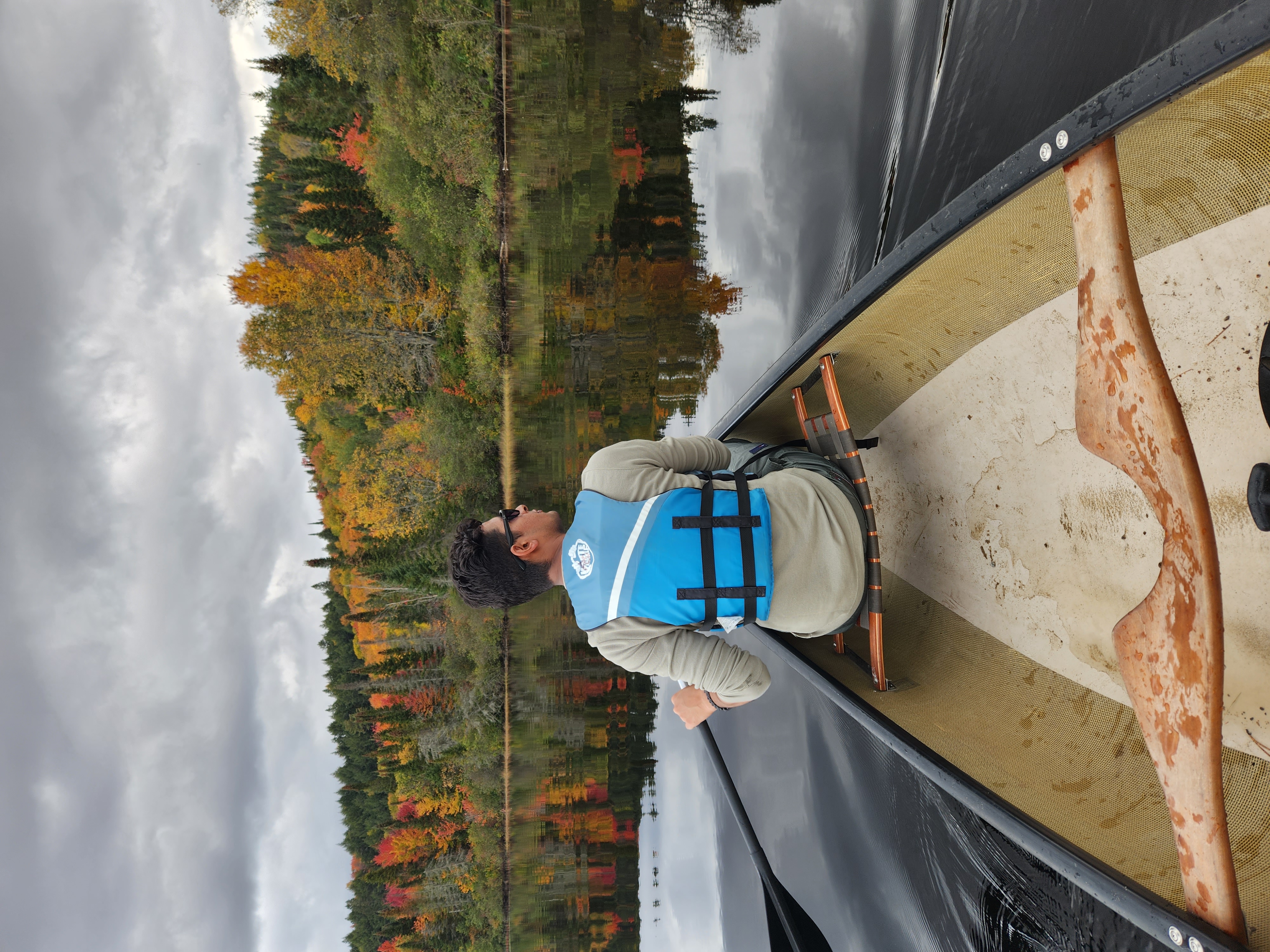Canada stands at a crossroads in aerospace innovation. With global competition intensifying and the demand for advanced materials surging, from hypersonic flight to space-grade composites, the country must rethink how it mobilizes its intellectual capital. The answer lies in a bold, unapologetic strategy: unleash the full power of Canadian academia, integrate it with industry, and back it with billions in funding.
Academia: Canada’s Untapped Engine of Innovation
Canada’s universities and colleges are home to world-class researchers in materials science, engineering, and AI-driven design. Institutions like McGill, UBC, University of Toronto, and Polytechnique Montréal have already made strides in aerospace research, from developing lightweight alloys to experimenting with nanostructured composites. Yet, these breakthroughs often remain siloed in labs, disconnected from commercial pipelines.
To change this, Canada must treat academia not as a passive knowledge base but as an active co-creator of aerospace solutions. This means awarding multi-million dollar contracts directly to university labs and college R&D centers to explore next-generation materials for aviation and space. These contracts should be outcome-driven, tied to real-world prototypes, and structured to encourage collaboration across disciplines.
Integration with Industry: No More Silos
The aerospace sector thrives on precision, speed, and reliability. But innovation stalls when academia and industry operate in isolation. Canada must build permanent integration platforms where researchers, engineers, and business leaders co-develop solutions in real time.
This could take the form of:
- Joint innovation hubs embedded within universities, staffed by both faculty and aerospace firms.
- Co-op programs and fellowships that place students directly into aerospace R&D teams.
- Shared IP frameworks that allow academic discoveries to be rapidly commercialized without bureaucratic delays.
Such integration would not only accelerate material development but also create a steady talent pipeline,ensuring Canada’s aerospace workforce remains globally competitive.
A $2 Billion Investment: Not a Cost, But a Catalyst
Canada must allocate at least $2 billion over the next five years to fund this academic-industry fusion. This isn’t a subsidy,it’s a strategic investment in national capability. The funds should be distributed across three pillars:
- Applied Research Grants: Targeted funding for universities and colleges to develop aerospace materials with clear commercial or defense applications.
- Infrastructure Upgrades: Equip academic labs with cutting-edge tools,wind tunnels, additive manufacturing systems, thermal testing rigs,to simulate real-world aerospace conditions.
- Talent Acceleration: Scholarships, fellowships, and startup grants for students and researchers working on aerospace materials, especially in underserved regions and northern communities.
This funding must be administered with urgency and accountability. Canada cannot afford to wait for perfect consensus or slow-moving committees. A dedicated Aerospace Materials Innovation Council, composed of academic leaders, industry veterans, and government officials, should oversee the rollout and ensure results.
Strategic Payoff: Sovereignty, Sustainability, and Global Leadership
Why does this matter? Because aerospace materials are not just about performance,they’re about sovereignty. Canada’s Arctic ambitions, space exploration goals, and defense readiness all hinge on having domestic access to high-performance materials that can withstand extreme environments.
Moreover, the global aerospace market is shifting toward sustainable materials,biocomposites, recyclable alloys, and energy-efficient coatings. Canada can lead this transition by embedding sustainability into its academic R&D mandates.
And finally, this strategy positions Canada as a global leader in aerospace innovation. By showcasing a model where academia drives real-world impact, Canada can attract international talent, forge global partnerships, and export not just materials,but ideas.
From Vision to Action
This is not a theoretical exercise. It’s a call to action. Canada must:
- Award million-dollar contracts to academic institutions for aerospace material R&D.
- Integrate academia with business through joint labs, fellowships, and shared IP.
- Allocate $2 billion in targeted funding to fuel this transformation.
The time for incrementalism is over. Canada’s aerospace future demands bold moves, deep partnerships, and strategic investment. Our universities and colleges are ready. Let’s give them the mandate,and the resources, to soar.














